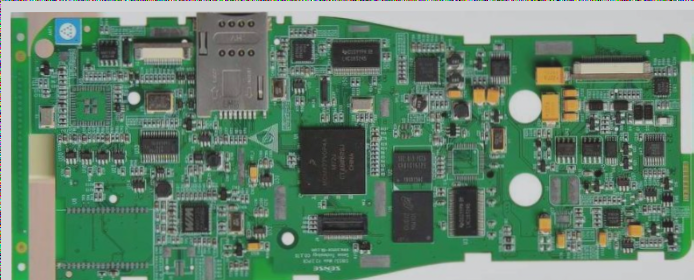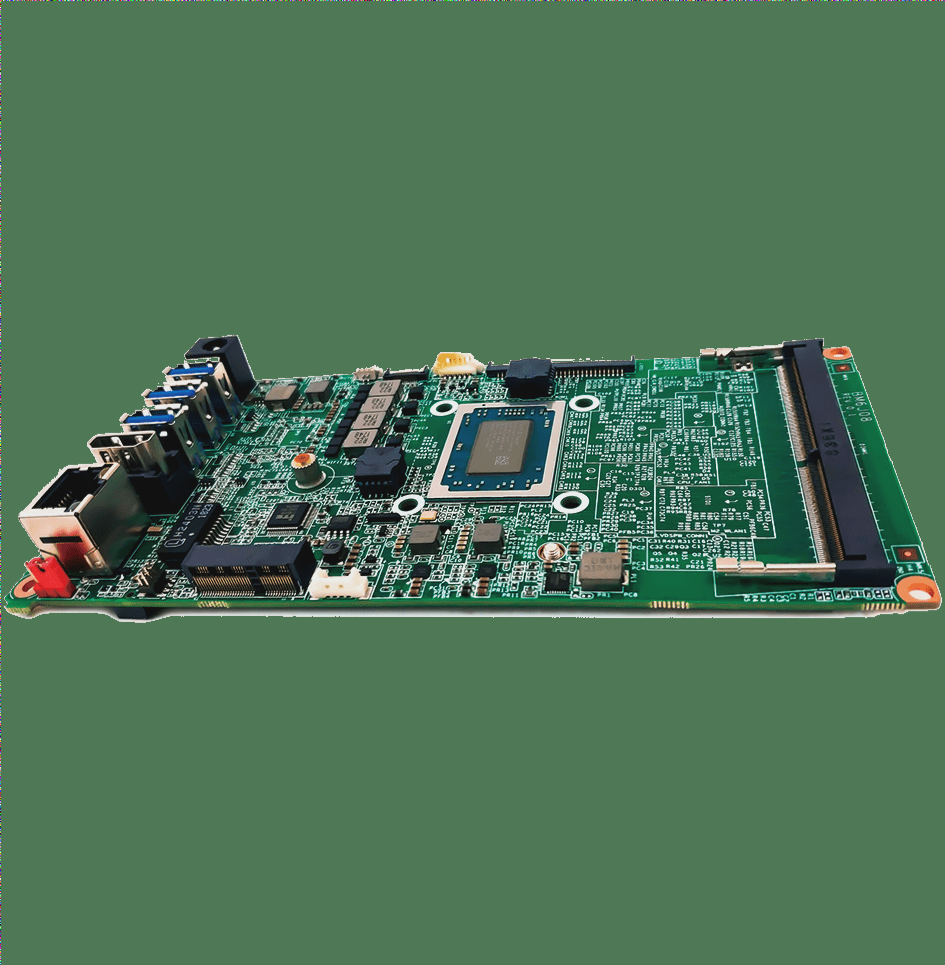Essential Aspects of Multilayer PCB Stack Structures
Before designing a multi-layer PCB, it is crucial to assess the circuit board structure based on factors such as circuit scale, board size, and electromagnetic compatibility (EMC) requirements. The decision to use 4 layers, 6 layers, or more for the multi-layer circuit board is a critical one. Once the number of layers is determined, the placement of internal electrical layers and the distribution of signals across these layers must be carefully considered.
General Principles for Arranging Circuit Board Layers:
- More layers enhance routing capabilities but also increase costs and complexity.
- Symmetry in the laminated structure is essential for PCB production.
- All signal layers should be positioned close to the ground plane.
- Avoid placing two signal layers adjacent to each other to prevent crosstalk.
- Main power supply should be positioned near relevant layers.
- Consider the symmetry of the laminated structure.
Common Stacking Structures in PCB Design:
4-Layer Board:
For a standard 4-layer board, options for stacking configurations include:
- Signal_1 (Top), GND, POWER, Signal_2 (Bottom).
- Signal_1 (Top), POWER, GND, Signal_2 (Bottom).
- POWER (Top), Signal_1, GND, Signal_2 (Bottom).
Designers typically prefer option 1 due to component placement and signal line considerations.
6-Layer Board:
For a 6-layer board, a stacking configuration could be:
- Signal_1 (Top), GND, Signal_2, Signal_3, POWER, Signal_4 (Bottom).
This scheme enables wiring among components but may have drawbacks related to power and ground coupling and signal isolation.
Optimizing the arrangement of laminated structures in multilayer PCBs is crucial for ensuring proper functionality and minimizing electromagnetic interference.
PCB Laminated Structure Optimization
When designing a PCB, the arrangement of layers plays a crucial role in ensuring proper functionality and reducing interference. Here are some common laminated structures used in PCB design:
6-layer board
- Scheme 1: Signal_1 (Top), Signal_2 (Inner_1), POWER (Inner_2), GND (Inner_3), Signal_3 (Inner_4), Signal_4 (Bottom). This scheme improves coupling between power and ground layers but may still result in crosstalk issues.
- Scheme 2: Signal_1 (Top), GND (Inner_1), Signal_2 (Inner_2), POWER (Inner_3), GND (Inner_4), Signal_3 (Bottom). This arrangement reduces crosstalk by ensuring effective isolation between signal and electrical layers.
- Scheme 3: Signal_1 (Top), GND (Inner_1), Signal_2 (Inner_2), POWER (Inner_3), GND (Inner_4), Signal_3 (Bottom). This optimized structure is commonly used for 6-layer boards, providing improved signal integrity.
10-layer board
In a 10-layer PCB design, the wiring sequence typically follows a pattern to optimize performance:
- TOP—GND—signal layer—power layer—GND—signal layer—power layer—signal layer—GND—BOTTOM.
Adhering to standards like using GND layers adjacent to the top and bottom layers ensures good EMC characteristics and effective signal routing.
PCB Design Improvement Case
Problem: Signal debugging issues between the eighth optical port and the chip.
Improvement: By adjusting the PCB stack structure to increase the distance between adjacent signal layers on the L5 and L6 layers, crosstalk-induced system failure was resolved.




